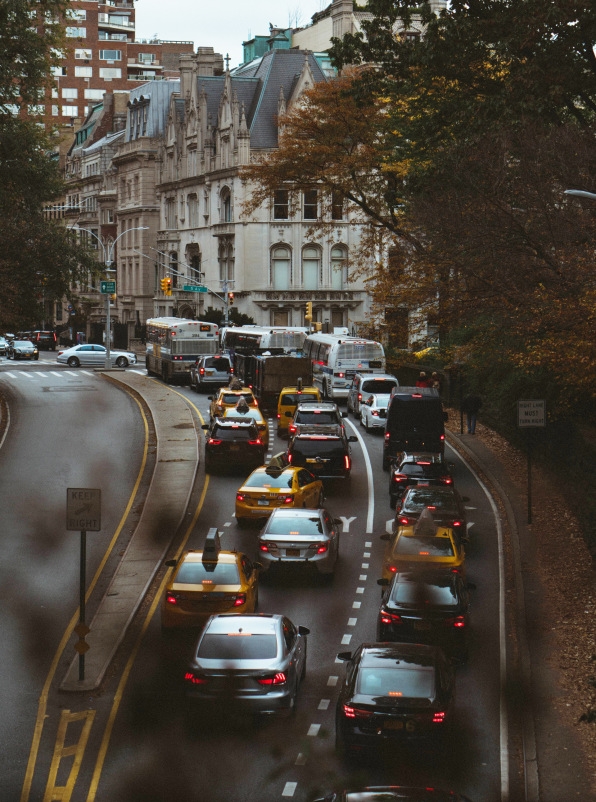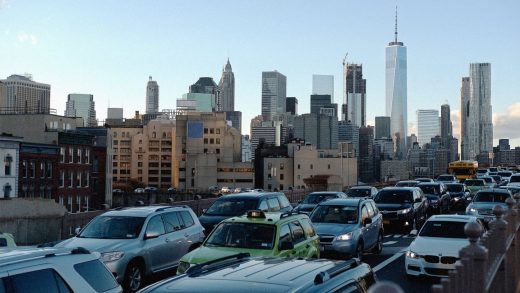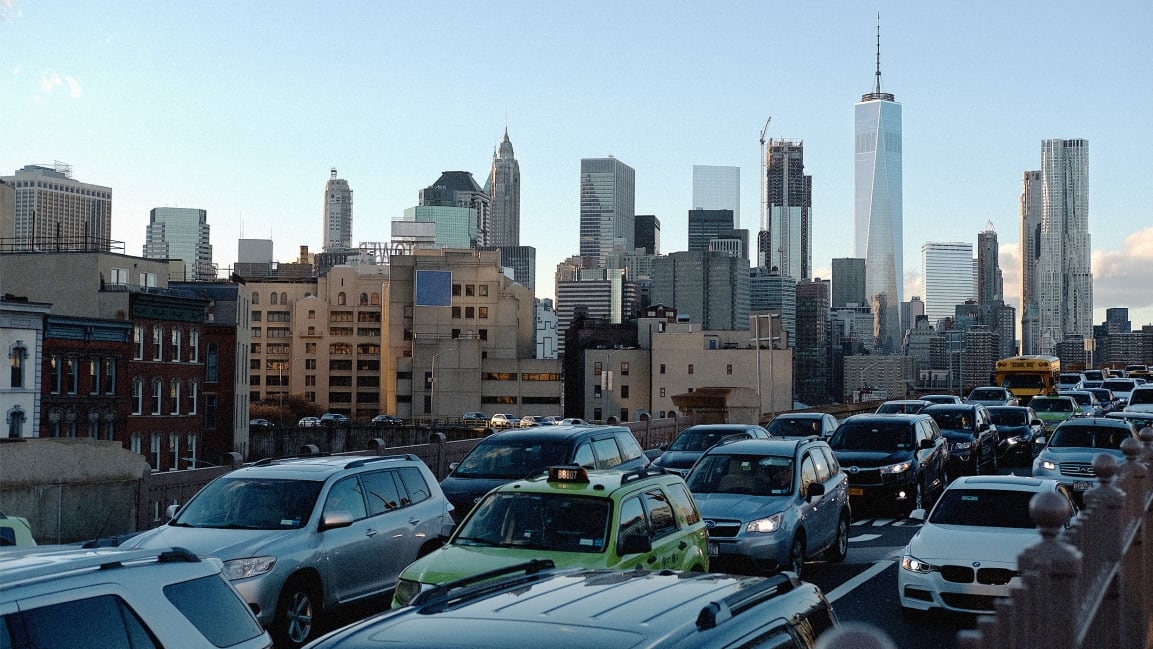What price should New York’s congestion charge be?
Across the world, cities like London and Stockholm have started charging a toll to cars driving into their downtowns, with the goal of reducing traffic and pollution. In April, New York’s state government agreed to try congestion pricing in Manhattan by 2021 at the earliest and to use the funds generated to help fund transit in the city. Now the question is: What is the right price?
A new report from New York City’s Regional Plan Association, titled “Congestion Pricing in NYC: Getting It Right,” aims to figure out how much of a fee will reduce exactly how much traffic.

The congestion pricing plan will apply only to vehicles entering Manhattan south of 61st Street, accessing the city through points like the Lincoln and Holland Tunnels and Queensboro and Brooklyn Bridges. Commuters who take these routes into midtown and below will be subject to tolls when they both enter and leave Manhattan.
The most expensive way to drive into the city below 61st Street during peak hours currently costs $12.50. The report outlines how several different possible two-way toll prices will alter traffic in the city. On the low end, a $6.12 dual-direction toll would increase the speed of traffic by just more than 10%. The highest proposed amount, $9.18, would speed up traffic by more than 15%. The full prices would only apply during peak hours: between 6 a.m. and 10 a.m., then 2 p.m. and 8 p.m. on weekdays. Either price (or two other options in the middle) would raise more than a billion dollars for transit in the city—a requirement of the law to allow congestion pricing—but the higher number would raise more, while also reducing traffic the most.
The report doesn’t make a recommendation on which price to use, but it does argue that the charge should vary based on vehicle size and time of day, that taxis should be exempt, and that the government should adopt goals for traffic reduction and then adjust the cost to hit those numbers.
Tolls of this size certainly would amount to a lot of money for commuters driving in from the outer boroughs and other surrounding areas, but residents the tolls will affect who make less than $60,000 a year will get a tax credit “equal to the amount paid on congestion charges.”
However, according to the RPA, these changes could collectively save drivers up to 152,000 hours of driving during weekday peaks. The corresponding decrease in start-and-stop traffic is also beneficial to the environment. Carbon dioxide emissions could go down by between 7 and 8% with any of the proposed toll increases, while additional pollutants—like sulfur dioxide and nitrogen oxides—could decrease by 4 or 5%. Pollution is an enormous public health concern, and the mitigation of its effects from an effective congestion fee could mean a savings of $100 million on healthcare costs.
(22)



